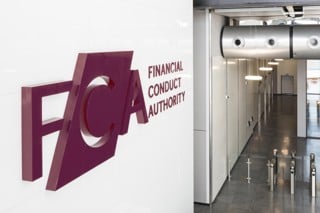Automotive retail insolvencies increased slightly by 0.6% to 46 businesses in September.
According to the latest statistics from Experian’s Insolvency index, the motor trade performed slightly worse than UK businesses overall which saw a 3.1% drop in insolvencies in September – with 1,679 in total.
Andrew Ballard, principle consultant for Experian Automotive UK & Ireland, said: "The rate of insolvencies within the automotive industry had been seeing an upward trend since April 2011, peaking in March 2012 at 0.16% of the automotive business population.
"Since then although the percentage of the total automotive industry that has failed has remained broadly stable, it is still higher than the national average. This highlights the very tight margins that businesses have been operating in and reinforces the need for motor traders to utilise all the information available to guide their business through challenging times.”
Smaller companies across the UK saw the greatest improvement in insolvency rate, especially those between 26-50 employees.
For bigger firms, the only increase in insolvency rates came among businesses with 51-500 employees.
The West Midlands (lowest rate since 2007 – down 34%) and Yorkshire (up 23%) are the regions that have seen the largest decrease and increase respectively.
Business and construction showed the best improvement among the top 10 largest sectors.
Max Firth, Experian Business Information Services, UK&I managing director, said: “Overall insolvency figures are down and the picture remains stable, which is encouraging.
“In addition, we’ve seen real pockets of improvement, such as in the West Midlands and South West, which have both seen a drop of over 30%.
“Also encouraging are the lower rates of insolvencies among some of the small firms. However in contrast, larger firms experienced a slight increase in insolvencies, which may lead to smaller firms that were supplying to them, experiencing a knock on effect.
“This highlights the need for firms need to be prudent and consider their credit management practices in order to survive. Risk planning and monitoring their financial health and that of their customers and suppliers can make or break a business.”




















MTCUK - 22/10/2012 13:53
So many failures in our industry could be avoided if dealers really understood their businesses and realised that things had to change. Too many business owners are unaware of how much profit they need to generate to create enough cash to survive. Equally dealers often fund assets inefficiently leading to overdraft utilisation getting out of control.